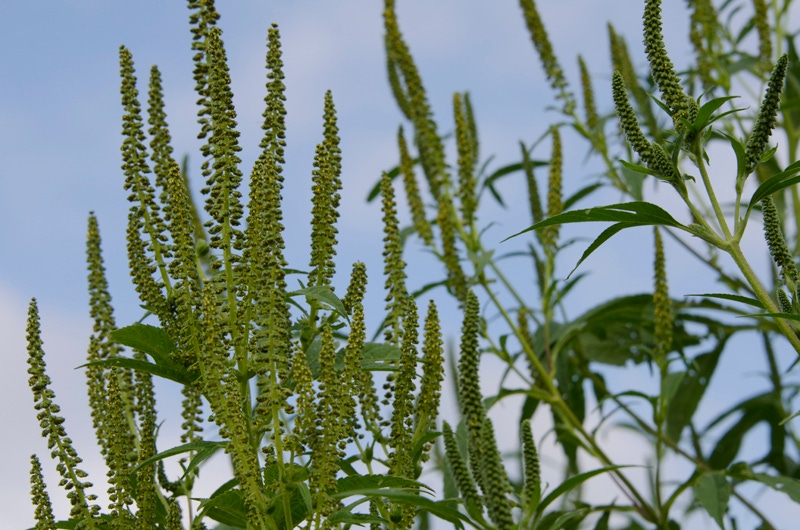
It’s no secret that the winter of 2017 was warmer than usual for most of the country. However, the warm winter could have severe consequences for crop producers.
One thing is clear this spring: pests and diseases have a head start on producers.
University of Georgia plant pathology professor Bob Kemerait talked about the potential impact of the warm winter at Commodity Classic 2017. He said he was already concerned about Southern Rust and it coming back in 2017 with an even bigger punch than in 2016.
Kemerait told the crowd in the learning session that there is no doubt the pests and diseases will be at a higher level than in years past because many were able to survive the warm winter weather.
The same is being said by Ohio State University entomologists and researchers at Penn State University.
At Ohio State, all eyes are on insect species that survived the winter and may appear earlier and more abundantly. Particularly concerning are the pests that preyed on last year’s crops, including slugs, stink bugs and bean leaf beetles on soybeans, cereal leaf beetles on small grains, and Asiatic garden beetles and western bean cutworms on corn.
“We emphasize the importance of scouting for farmers so they know what’s in their field at any given time and they know what levels,” says Kelley Tilmon, a field crop entomologist with Ohio State’s College of Food, Agricultural and Environmental Sciences.
Armyworms that migrate from southern states where they spend winter, may be more prevalent this year because they left their homes earlier to head north, Tilmon said. After migrating and finding homes, the moths begin to lay eggs in grasses, including wheat fields and cover crop fields.
While most farmers are focused on sowing corn and soybeans in the next few weeks, the alfalfa weevil larvae should not be ignored. The pest devours leaves, causing major alfalfa damage in its larval stages.
“With any of these pests, they’re sporadic. But when you’ve got them in sufficient number, you’ve got to deal with them,” Tilmon says.
As growers scout for insects and signs of diseases, they may also notice more weeds. Purple deadnettle is casting a colorful hue across Ohio field, and giant ragweed and marestail are greening up and spreading much earlier than usual, said Mark Loux, an Ohio State University Extension weed specialist. The additional and early appearance of some weeds will mean farmers will have to stay aggressive with their herbicide treatments, Loux said.
“We’re having one of those years where they’re greener and bigger and there are more. They basically had a head start coming into spring.”
The bottom line, however, is that the influence of the warmer temperatures on the majority of crop pests producers face is not very predictable. For example, many insect pests that producers may find in their fields are migratory and come to Pennsylvania from southern states. This is why a warm winter across the United States this year impacts both northern and southern areas.
Producers need to be proactive this spring. Start scouting for pests and diseases earlier this spring. Don’t wait until the weeds and pests overpower the crops.
About the Author(s)
You May Also Like




